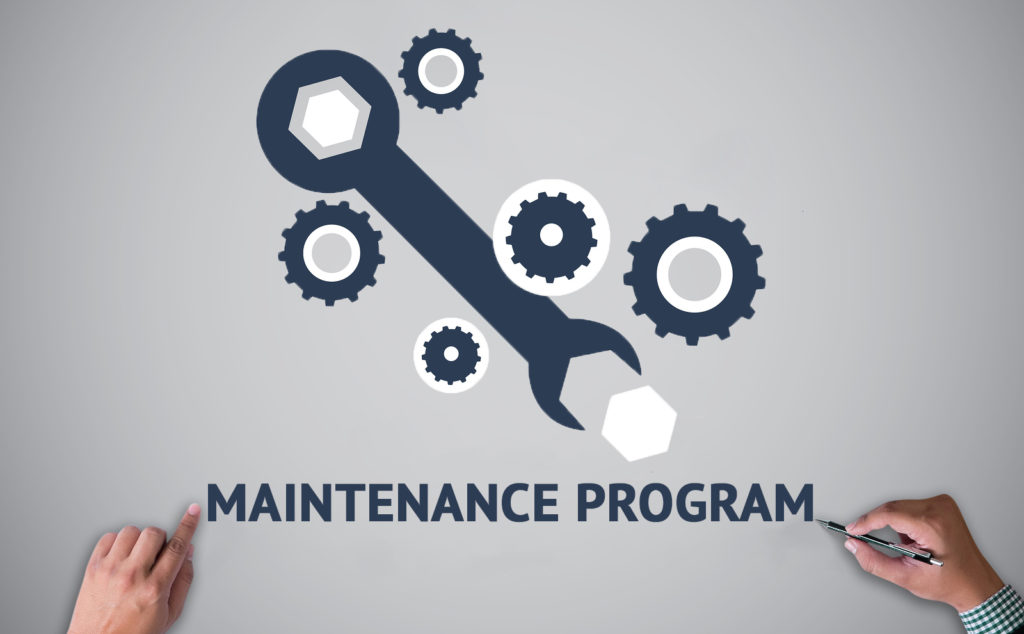You can develop a diligent maintenance plan, invest in employee training and component inventories, and keep immaculate records — but still have an unsuccessful maintenance program. We preach these variables as the pillars of a great maintenance program, but they’re far from the only drivers of success. Other factors may be dragging down your maintenance strategy.
To understand why your maintenance program is coming up short, you need to delve systematically into how your strategy is implemented and followed. Perhaps the plan is great, but the execution is flawed.
Variables impacting maintenance
To determine the problems in an ineffective maintenance plan, start by working backwards. Consider this assessment a Failure Modes and Effects Analysis (FMEA) for your processes, rather than your equipment. Here are some of the places to begin looking:
- Materials — If your materials are second-rate, even the best maintenance program will be ineffective. Analyze the efficacy of your parts and components to see if they’re contributing to poor results.
- Accuracy — Maintenance accuracy can suffer for a variety of reasons. Familiarity with basic repairs can breed laziness and inattentiveness in repair techs. Similarly, a disorganized, non-standardized approach may lead to repair inaccuracies.
- Personnel — How knowledgeable are your maintenance techs? Newer techs may need training on proper maintenance protocol, whereas seasoned techs may need continuing education for maintenance of newer equipment.
- Management — Is management supportive of your full maintenance plan? Maintenance that’s rushed, ignored, or supplanted in favor of quick fixes reflects negatively on your well-thought-out approach and could doom your plan to failure.
These variables and others impact a maintenance plan from the outside, undermining your efforts — both proactive and reactive — to facilitate appropriate action. For example, you may have the ideal schedule for preventive maintenance, but if management doesn’t allow the full preventive maintenance to be undertaken because of equipment downtime and lost productivity, the machinery may suffer downtime anyway because of reactive repairs.

Surmounting barriers to execution
The biggest problem in realizing barriers to a maintenance plan’s execution is communicating these barriers. If a maintenance approach isn’t working, it’s easy to blame the plan itself. But if the plan fails as the result of an external variable, showing this cause and effect means connecting more dots for the explanation.
For example, management may see buying discount parts as a smart way to reduce the money tied up in inventory. But if those parts cause an abnormal failure rate in machinery, your maintenance program could catch the blame. Showing cause and effect — poor part quality results in more frequent breakdowns — will exempt your maintenance program itself from blame. Moreover, showing the saved cost of parts versus the expenditure on repairs can provide definitive proof that the system isn’t flawed and that a single catalyst is responsible for the issues.
Give your plan a chance
It’s critical to give your maintenance plan a chance to succeed before it’s deemed ineffective. To do this, make sure exterior variables aren’t interrupting the goals you’ve set out or undermining the processes you’ve developed. Conduct a FMEA, collect data on your processes, and observe execution diligently. The more barriers to success you find, the more chances you have to showcase the success of a well-designed maintenance plan.
